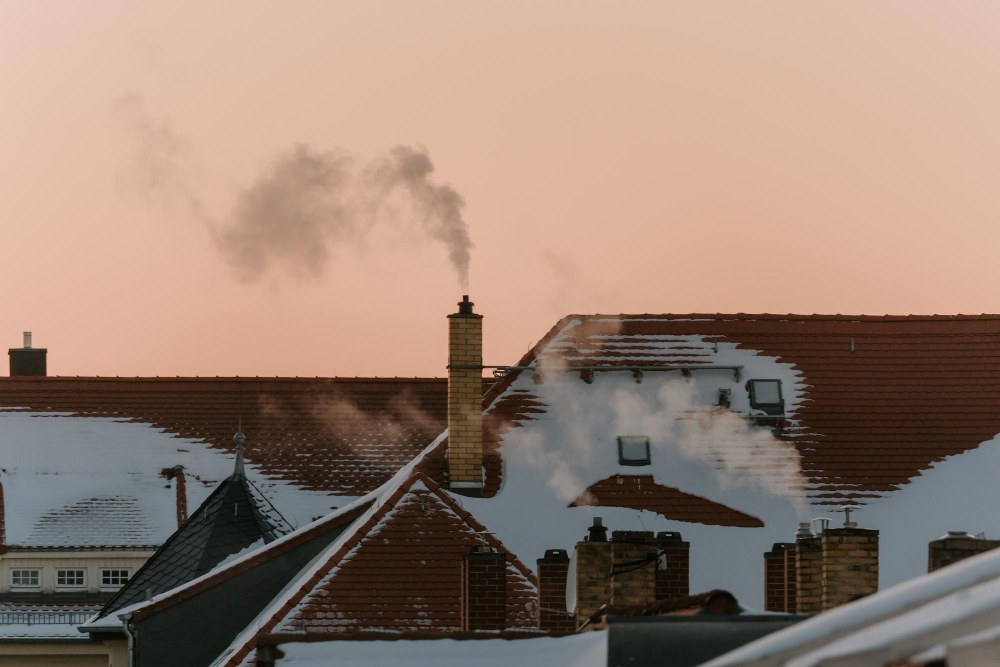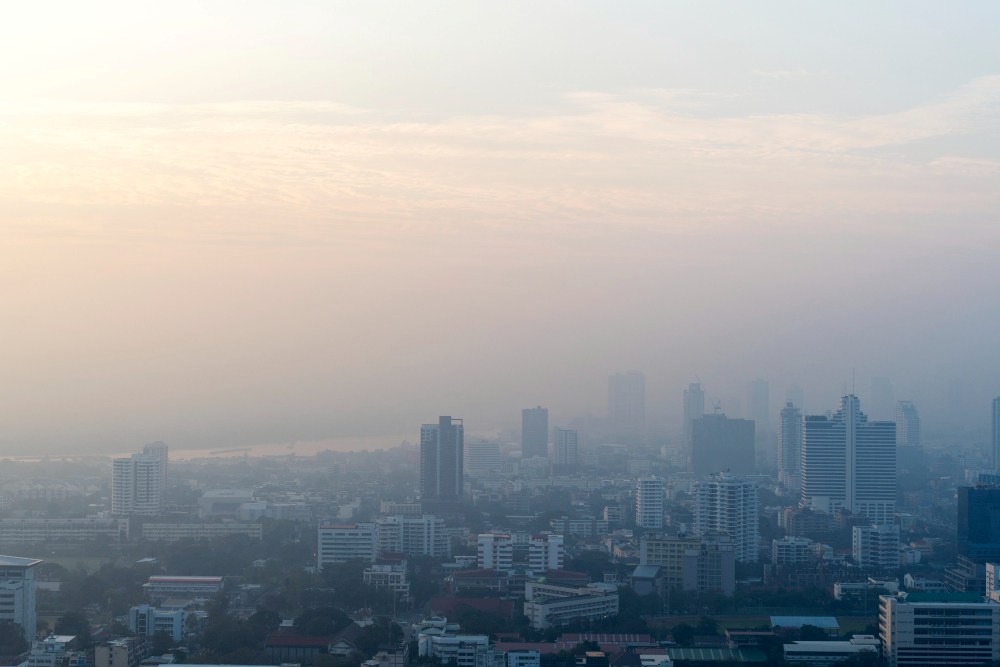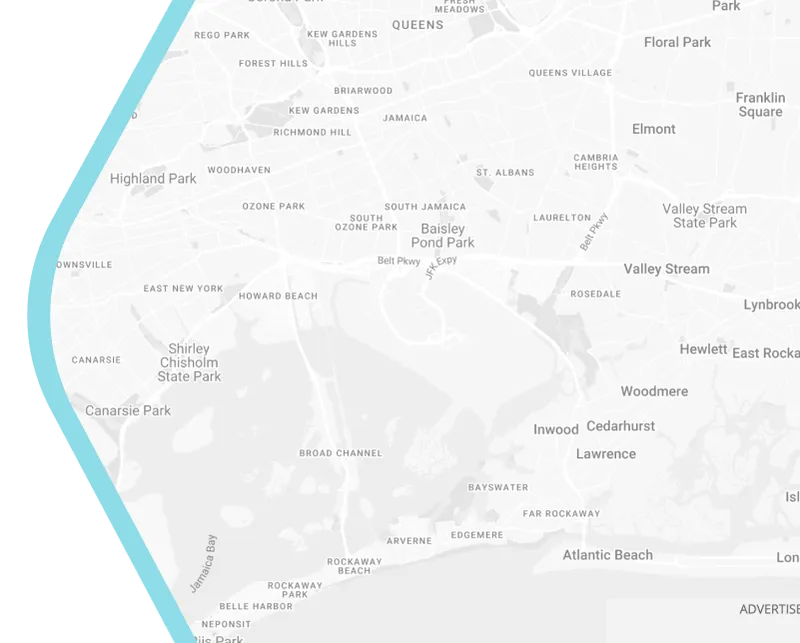
Real-Time Air Quality Tracking Sensor Networks for Urban Action
Beneath the hum of traffic and the glow of city lights, an invisible crisis brews. Urban air pollution claims 7 million lives globally each year, yet for decades, cities relied on outdated monitoring stations—sparse, slow, and blind to neighborhood-level threats. Today, a revolution unfolds as granular sensor networks transform polluted uncertainty into actionable intelligence, turning every street corner into a data point for change.
The Anatomy of an Urban Air Quality Sensor Network
Imagine thousands of tiny sentinels perched on lampposts, buildings, and buses, whispering real-time air secrets. Unlike traditional EPA stations (which cost $100K+ and cover 50 sq. miles), modern sensor networks deploy low-cost IoT devices measuring PM2.5, NO2, ozone, and VOCs every 10 seconds. These devices form a self-calibrating mesh:
- Hyperlocal Precision: Sensors in Melbourne’s CBD detected illegal construction dust 300% above safe limits within 500 meters of a school, triggering same-day interventions.
- Adaptive Intelligence: Machine learning algorithms cross-reference traffic patterns and weather to predict pollution spikes 3 hours in advance.
- Citizen Integration: In Sydney’s Chippendale, residents receive air quality alerts via app, with personalized health advice for asthmatics during bushfire seasons.
This living data web transforms air from an abstract threat into a measurable, manageable resource.
How Cities Turn Data into Lifesaving Decisions
For urban planners, real-time air data isn’t just numbers—it’s a policy compass. When Barcelona embedded 1,700 sensors across the city, they discovered that 68% of NO2 emissions came from delivery trucks idling in narrow medieval streets. The response? Dynamic traffic rerouting algorithms slashed pollution by 33% in 6 months.
Australian cities are pioneering similar smart city solutions:
- Adelaide’s “Green Corridors”: Sensors identified low-oxygen zones, guiding tree planting that cooled streets by 4°C and reduced respiratory ER visits by 17%.
- Brisbane’s Construction Oversight: Real-time dust monitors on development sites auto-fine violators, protecting nearby communities.
The key lies in closing the loop between data collection and action—transforming dashboards into bulldozers of change.

Beyond Compliance: Community Empowerment and Equity
Air pollution disproportionately burdens vulnerable neighborhoods. In Western Sydney, where industrial zones border low-income housing, sensor networks revealed carcinogen levels 8x higher than coastal suburbs. Community-led “Clean Air Clubs” now:
- Map personal exposure using wearable sensors
- Negotiate with factories using irrefutable data
- Lobby for green buffers using real-time health impact projections
As Melbourne’s sustainability director notes: “These sensors democratize environmental justice. When a grandmother shows pollution graphs at a council meeting, policies change.”
Navigating Challenges: From Data Deluge to Trust
While sensor networks promise transparency, hurdles remain:
- Accuracy Wars: Cheap sensors can drift; cities like Perth use “reference stations” to recalibrate networks hourly.
- Privacy Paradox: Singapore anonymizes movement data while tracking emission hotspots near schools.
- Overload Risks: Brisbane’s solution? AI dashboards that flag only actionable threats to planners.
The lesson? Technology alone isn’t salvation—it thrives when paired with human governance.
The Future: Breathing Easier in Smart Cities
Tomorrow’s networks will predict and prevent. Imagine pollen sensors triggering antihistamine drones, or AI redirecting traffic before asthma clusters form. Australia’s CSIRO is piloting “bio-sensors”—using genetically engineered moss to detect toxins cheaper than silicon.
For developers and architects, this evolution is foundational. New Sydney towers integrate sensors into facades, turning buildings into “environmental kidneys” that filter and monitor air—a selling point that commands 12% rent premiums.
Conclusion: Data as the Breath of Urban Life
Air quality sensor networks do more than measure pollution; they redefine urban responsibility. Every particle captured is a voice for the child with asthma, the cyclist commuting, the elder gardening. As cities like Melbourne and Adelaide prove, when we see the invisible, we can build the impossible: metropoles where clean air isn’t a privilege, but a pulse.
